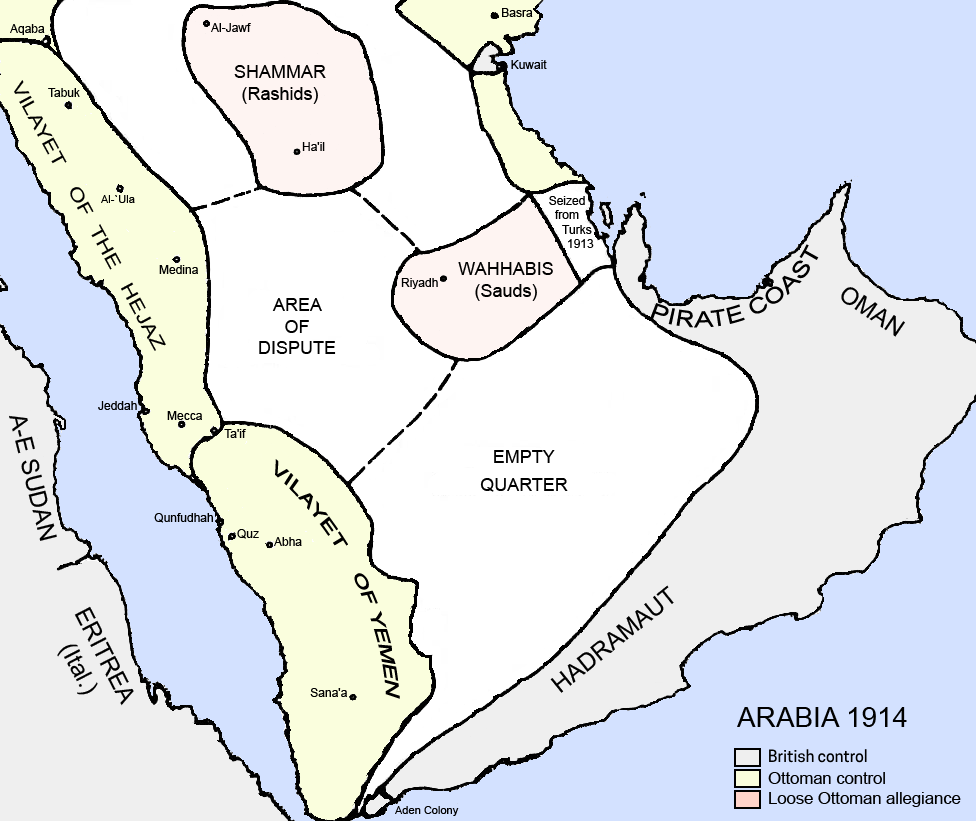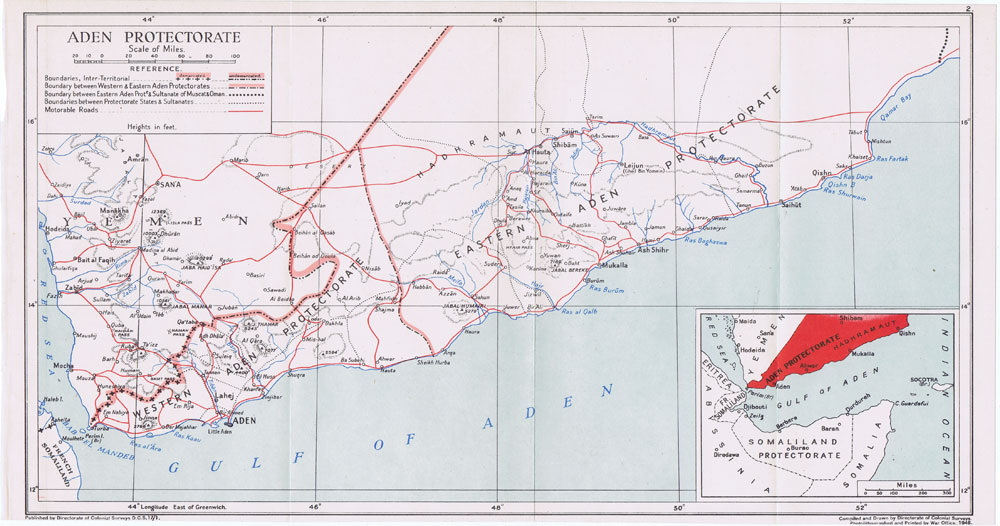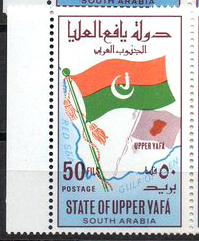|
Al-Dhubi
Al-Dhubi, Al-Dubi ( ''Dhubī''), or the Dhubi Sheikhdom ( ''Mashyakhat ad-Dhubī''), was a small state in the British Aden Protectorate. Dhubi was located between Mawsata in the southwest, Hadrami in the northeast, Lower Yafa in the south and Upper Yafa in the north. Its last sheikh was deposed in 1967 upon the founding of the People's Republic of South Yemen and the area is now part of the Republic of Yemen. History Al-Dhubi was one of the five sheikhdoms of Upper Yafa. It entered into a protectorate treaty with Britain on 11 May 1903. It was part nominally of the Western Aden Protectorate. Al-Dhubi never joined the Federation of South Arabia, but became part of the Protectorate of South Arabia between 1963 and 1967. Rulers Al-Dhubi was ruled by sheikhs who bore the title ''Shaykh al-Mashyakha ad-Dhubiyya''. Sheikhs *c.1750 - 1780 Muhammad *c.1780 - 1810 Jabir ibn Muhammad *c.1810 - 1840 `Atif ibn Jabir *c.1840 - 1870 Ah ... [...More Info...] [...Related Items...] OR: [Wikipedia] [Google] [Baidu] |
Protectorate Of South Arabia
The Protectorate of South Arabia consisted of various states located at the southern end of the Arabian Peninsula under treaties of protection with Britain. The area of the former protectorate became part of South Yemen after the Radfan uprising and is now part of the Republic of Yemen. History Background The background of the Protectorate of South Arabia is part of an effort of the British Empire to protect the East India Route, the sea route between the Mediterranean Sea and India, in and through the southern coasts of Arabia. Already before the opening of the Suez Canal, industrial Britain with its rapidly expanding economy, needed improved communication with British India. The coastal plains of the peninsula had been devastated earlier in the 19th century by Wahhabi puritan Muslims from Central Arabia followed by an Egyptian invasion. From the first commercial treaty with the Sultanate of Lahej in 1802, various efforts were made to avoid looting of East India ships, lead ... [...More Info...] [...Related Items...] OR: [Wikipedia] [Google] [Baidu] |
Aden Protectorate
The Aden Protectorate ( ar, محمية عدن ') was a British protectorate in South Arabia which evolved in the hinterland of the port of Aden and in the Hadhramaut following the conquest of Aden by the Bombay Presidency of British India in 1839, and it continued until the 1960s. In 1940 it was divided for administrative purposes into the Western Protectorate and the Eastern Protectorate. Today the territory forms part of the Republic of Yemen. The rulers of the Aden Protectorate, as generally with the other British protectorates and protected states, remained sovereign: their flags still flew over their government buildings, government was still carried out by them or in their names, and their states maintained a distinct 'international personality' in the eyes of international law, in contrast to states forming part of the British Empire, such as Aden Colony, where the British monarch was the head of every state. History Informal beginnings What became known as the A ... [...More Info...] [...Related Items...] OR: [Wikipedia] [Google] [Baidu] |
Upper Yafa
Upper Yafa or Upper Yafa'i ( ar, يافع العليا ''),'' officially State of Upper Yafa ( ar, دولة يافع العليا '')'', was a military alliance in the British Aden Protectorate and the Protectorate of South Arabia. It was ruled by the Harharah dynasty and its capital was Mahjaba, a small town on a hill located by road 621, about 50 km northeast of Habilayn. The sultan of Upper Yafa had very little control over Upper Yafa's constituent sheikdoms, which had separate protectorate treaties with the British, and were free to disassociate from the policies of the Upper Yafa sheikh. The only time that the Upper Yafa sheikh held influence was during a crisis that threatened the independence of Upper Yafa's states, during which they would unite under the sultan. This meant that Upper Yafa was more akin to a military alliance than a genuine state. History The Yafa'i tribe has traditionally inhabited the mountainous hinterland of the Aden area. Upper Yafa was form ... [...More Info...] [...Related Items...] OR: [Wikipedia] [Google] [Baidu] |
Western Aden Protectorate
The Aden Protectorate ( ar, محمية عدن ') was a British protectorate in South Arabia which evolved in the hinterland of the port of Aden and in the Hadhramaut following the conquest of Aden by the Bombay Presidency of British India in 1839, and it continued until the 1960s. In 1940 it was divided for administrative purposes into the Western Protectorate and the Eastern Protectorate. Today the territory forms part of the Republic of Yemen. The rulers of the Aden Protectorate, as generally with the other British protectorates and protected states, remained sovereign: their flags still flew over their government buildings, government was still carried out by them or in their names, and their states maintained a distinct 'international personality' in the eyes of international law, in contrast to states forming part of the British Empire, such as Aden Colony, where the British monarch was the head of every state. History Informal beginnings What became known as the ... [...More Info...] [...Related Items...] OR: [Wikipedia] [Google] [Baidu] |
Sin Escudo
In a religious context, sin is a transgression against divine law. Each culture has its own interpretation of what it means to commit a sin. While sins are generally considered actions, any thought, word, or act considered immoral, selfish, shameful, harmful, or alienating might be termed "sinful". Etymology From Middle English sinne, synne, sunne, zen, from Old English synn (“sin”), from Proto-West Germanic *sunnju, from Proto-Germanic *sunjō (“truth, excuse”) and *sundī, *sundijō (“sin”), from Proto-Indo-European *h₁s-ónt-ih₂, from *h₁sónts ("being, true", implying a verdict of "truly guilty" against an accusation or charge), from *h₁es- (“to be”); compare Old English sōþ ("true"; see sooth). Doublet of suttee. Bahá'í Baháʼís consider humans to be naturally good, fundamentally spiritual beings. Human beings were created because of God's immeasurable love for us. However, the Baháʼí teachings compare the human heart to a mirror, whic ... [...More Info...] [...Related Items...] OR: [Wikipedia] [Google] [Baidu] |
British Empire
The British Empire was composed of the dominions, colonies, protectorates, mandates, and other territories ruled or administered by the United Kingdom and its predecessor states. It began with the overseas possessions and trading posts established by England between the late 16th and early 18th centuries. At its height it was the largest empire in history and, for over a century, was the foremost global power. By 1913, the British Empire held sway over 412 million people, of the world population at the time, and by 1920, it covered , of the Earth's total land area. As a result, its constitutional, legal, linguistic, and cultural legacy is widespread. At the peak of its power, it was described as "the empire on which the sun never sets", as the Sun was always shining on at least one of its territories. During the Age of Discovery in the 15th and 16th centuries, Portugal and Spain pioneered European exploration of the globe, and in the process established large overse ... [...More Info...] [...Related Items...] OR: [Wikipedia] [Google] [Baidu] |
Mawsata
Mawsata, Mausata (), or the Mawsata State ( '), was a state in the British Aden Protectorate. Mawsata was located in the western and southwestern part of Upper Yafa. The main mountain in the area is Jabal Darfan. Mawsata was the most populated of the five sheikhdoms of Upper Yafa. The last ruler was deposed in 1967 upon the founding of the People's Republic of South Yemen and the area is now part of the Republic of Yemen. History The State of Mawsata (Dawlat Mawsata) was established in 1780. Owing to family dissensions, in 1860 the ruling family was divided into two lineages. Around 1904 the state became a British protectorate. Mawsata was part of the Protectorate of South Arabia until 1967 when it was abolished. Rulers The ruler of Mawsata State bore the title '' Naqib''. *1780 - 1810 al-Qasim Al Harhara *1810 - 1840 `Ali ibn al-Qasim Al Harhara *1840 - 1860 `Askar ibn `Ali Al Harhara Lineage 1 *1860 - 1907 `Ali ... [...More Info...] [...Related Items...] OR: [Wikipedia] [Google] [Baidu] |
Lower Yafa
Lower Yafa, Lower Yafa'i ( '), or the Sultanate of Lower Yafa ( ar, سلطنة يافع السفلى ''),'' was a state in the British Aden Protectorate. Lower Yafa was ruled by the Al Afifi dynasty and its capital was at Jaar. This former sultanate is now part of the Republic of Yemen. History Yafa and the Himyarite Empire Yafa was the seat of the ancient Himyarite dynasty, which lasted from 110 BCE to 632 CE when it was fully integrated into the Rashidun Caliphate. The Yafai tribe was traditionally divided into 10 branches or sheikhdoms of which 5 are in Lower Yafa and the other 5 are in Upper Yafa. These sheikhdoms are broken down to many smaller branches and extended families. Modern times Soon after the British capture of Aden an engagement was entered into in 1839 with Ali bin Ghalib, Sultan of the Lower Yafai, similar to that concluded with the Abdali and Fadhli Sultans. It would be loyally adhered to. Sultan Ali bin Ghalib died in 1841 at a great age, and was succee ... [...More Info...] [...Related Items...] OR: [Wikipedia] [Google] [Baidu] |
People's Republic Of South Yemen
South Yemen ( ar, اليمن الجنوبي, al-Yaman al-Janubiyy), officially the People's Democratic Republic of Yemen (, ), also referred to as Democratic Yemen (, ) or Yemen (Aden) (, ), was a communist state that existed from 1967 to 1990 as a state in the Middle East in the southern and eastern provinces of the present-day Republic of Yemen, including the island of Socotra. South Yemen's origins can be traced to 1874 with the creation of the British Colony of Aden and the Aden Protectorate, which consisted of two-thirds of the present-day Yemen. Prior to 1937 what was to become the Colony of Aden had been governed as a part of British India, originally as the Aden Settlement subordinate to the Bombay Presidency and then as a Chief Commissioner's province. After the collapse of Aden Protectorate, a state of emergency was declared in 1963, when the National Liberation Front (NLF) and the Front for the Liberation of Occupied South Yemen (FLOSY) rebelled against the Bri ... [...More Info...] [...Related Items...] OR: [Wikipedia] [Google] [Baidu] |
Yemen
Yemen (; ar, ٱلْيَمَن, al-Yaman), officially the Republic of Yemen,, ) is a country in Western Asia. It is situated on the southern end of the Arabian Peninsula, and borders Saudi Arabia to the Saudi Arabia–Yemen border, north and Oman to the Oman–Yemen border, northeast and shares maritime borders with Eritrea, Djibouti, and Somalia. Yemen is the second-largest Arabs, Arab sovereign state in the peninsula, occupying , with a coastline stretching about . Its constitutionally stated Capital city, capital, and largest city, is Sanaa. As of 2021, Yemen has an estimated population of some 30.4 million. In ancient times, Yemen was the home of the Sabaeans, a trading state that included parts of modern-day Ethiopia and Eritrea. Later in 275 AD, the Himyarite Kingdom was influenced by Judaism. Christianity arrived in the fourth century. Islam spread quickly in the seventh century and Yemenite troops were crucial in the early Islamic conquests. Several Dynasty, dynasties ... [...More Info...] [...Related Items...] OR: [Wikipedia] [Google] [Baidu] |
Federation Of South Arabia
The Federation of South Arabia ( ar, اتحاد الجنوب العربي ') was a federal state under British protection in what would become South Yemen. Its capital was Aden. It was formed on 4 April 1962 from the 15 protected states of the Federation of Arab Emirates of the South. The State of Aden, formerly Aden Colony, joined the Federation on 18 January 1963. In June 1964, the Upper Aulaqi Sultanate was added for a total of 17 states. A team was sent to the 1966 Commonwealth Games in Kingston, Jamaica. The Federation was abolished on 30 November 1967, when its status as a British protectorate came to an end, along with that of the Protectorate of South Arabia, and they became the People's Democratic Republic of Yemen. States * Aden * Alawi * Aqrabi * Audhali * Beihan * Dathina * Dhala * Fadhli * Haushabi * Lahej * Lower Aulaqi * Lower Yafa * Maflahi * Shaib * Upper Aulaqi Sheikhdom * Upper Aulaqi Sultanate * Wahidi Balhaf Leaders Chief Ministers * Hassan Ali Bay ... [...More Info...] [...Related Items...] OR: [Wikipedia] [Google] [Baidu] |





